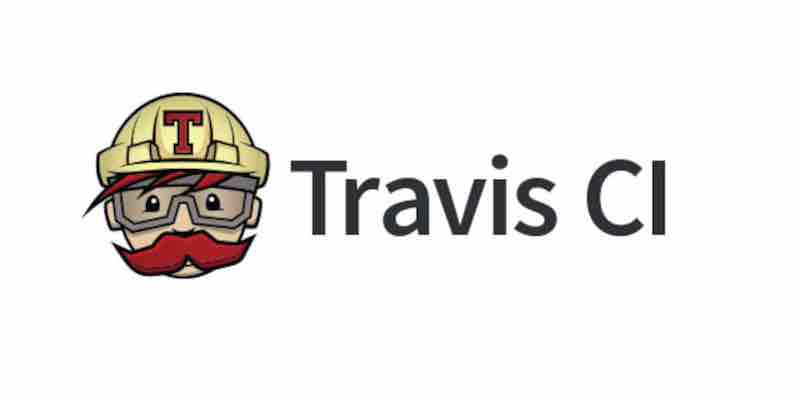Travis CI: Revolutionizing Continuous Integration

In the ever-evolving world of software development, Continuous Integration (CI) has emerged as a pivotal practice that ensures the consistent and efficient delivery of software. Travis CI stands out among the tools that have made a mark in the CI landscape. This article delves into the world of Travis CI, exploring its features, benefits, and how it has transformed the CI/CD (Continuous Deployment) process for developers worldwide.
What is Travis CI?
Travis CI is a cloud-based continuous integration service that automatically builds and tests code changes in GitHub repositories. Once integrated with a GitHub repository, Travis CI triggers a build process every time a commit is pushed to the repository, ensuring the changes integrate seamlessly with the existing codebase.
Key Features of Travis CI
- Platform Independence: Travis CI supports multiple programming languages, including Python, Java, Ruby, and many more. This ensures that developers can use Travis CI irrespective of their tech stack.
- Parallel Builds: Travis CI can run tests in parallel, speeding up the build process and providing quicker feedback to developers.
- Docker Support: Travis CI supports Docker, allowing developers to build Docker images and push them to Docker repositories.
- Customizable Build Lifecycle: Developers can customize the build steps as per their requirements using the
.travis.ymlconfiguration file. - Matrix Builds: This feature allows developers to test their code against multiple versions of a language or runtime, ensuring compatibility.
Benefits of Using Travis CI
- Seamless Integration with GitHub: Travis CI offers out-of-the-box integration with GitHub, making it easier for developers to set up and start using the service.
- Automated Testing: Every push to a repository triggers an automated build and test process, ensuring code quality and reducing manual testing efforts.
- Immediate Feedback: Developers receive instant feedback on their commits, allowing them to address issues immediately and maintain a clean codebase.
- Enhanced Collaboration: With Travis CI, team members can confidently collaborate, knowing that any code changes will be automatically tested and validated.
- Scalability: Being cloud-based, Travis CI scales as per the project’s needs, accommodating both small projects and large-scale applications.
Travis CI in the CI/CD Ecosystem
Travis CI doesn’t just stop at continuous integration. It also supports Continuous Deployment, allowing developers to automatically deploy their code to platforms like Heroku, AWS, and Google Cloud once the build passes. This seamless integration of CI and CD practices ensures a smooth and efficient software delivery pipeline.
Summary
Travis CI has undoubtedly carved a niche in the CI/CD landscape. Its ease of use and robust features make it a preferred choice for many developers. Tools like Travis CI will ensure quality software is delivered efficiently and consistently as software development practices evolve. Whether you’re a solo developer or part of a large team, Travis CI offers features that can streamline your development process and enhance productivity.